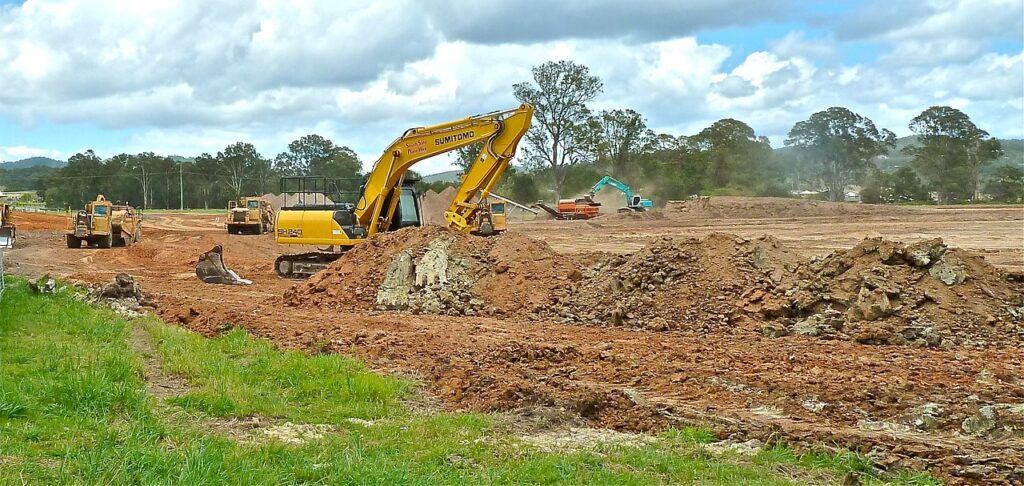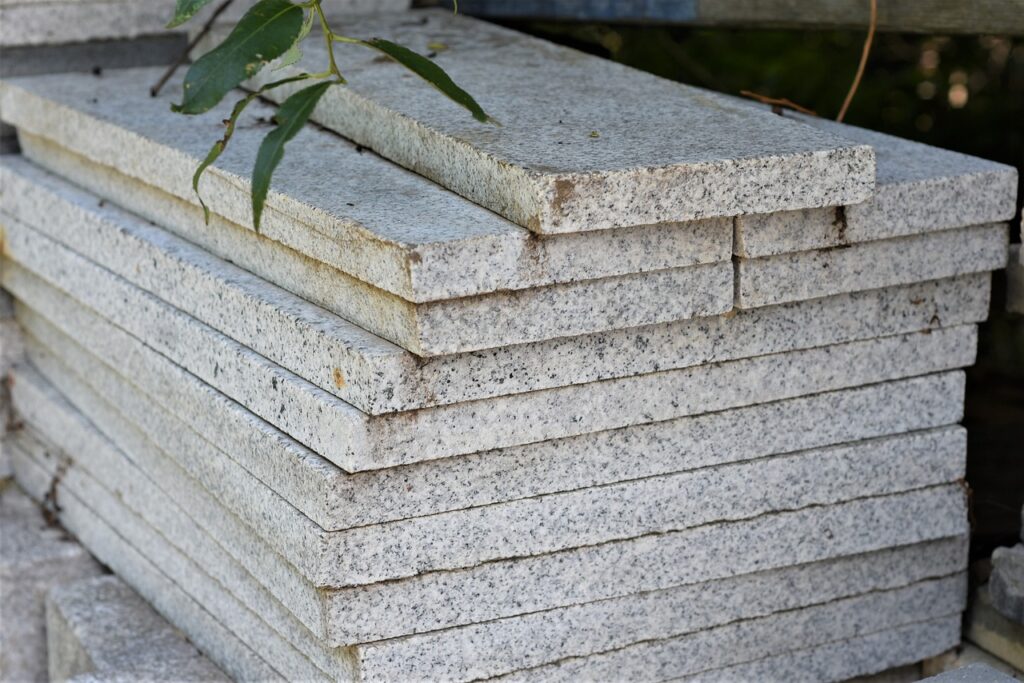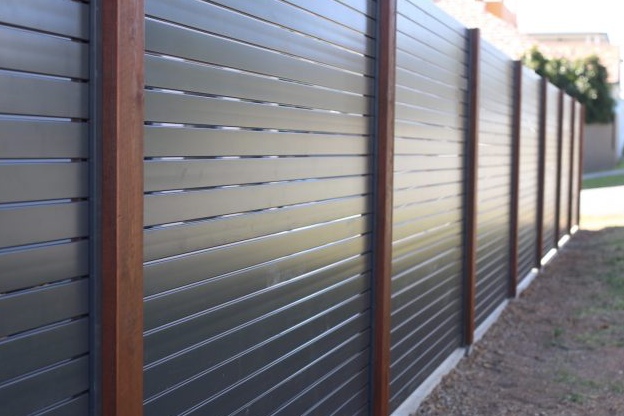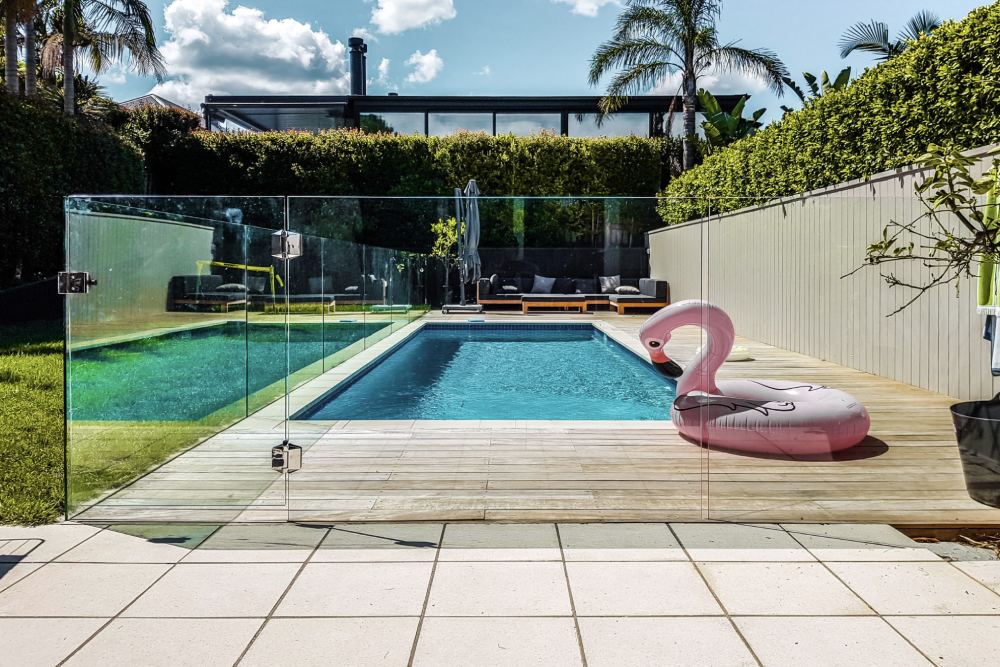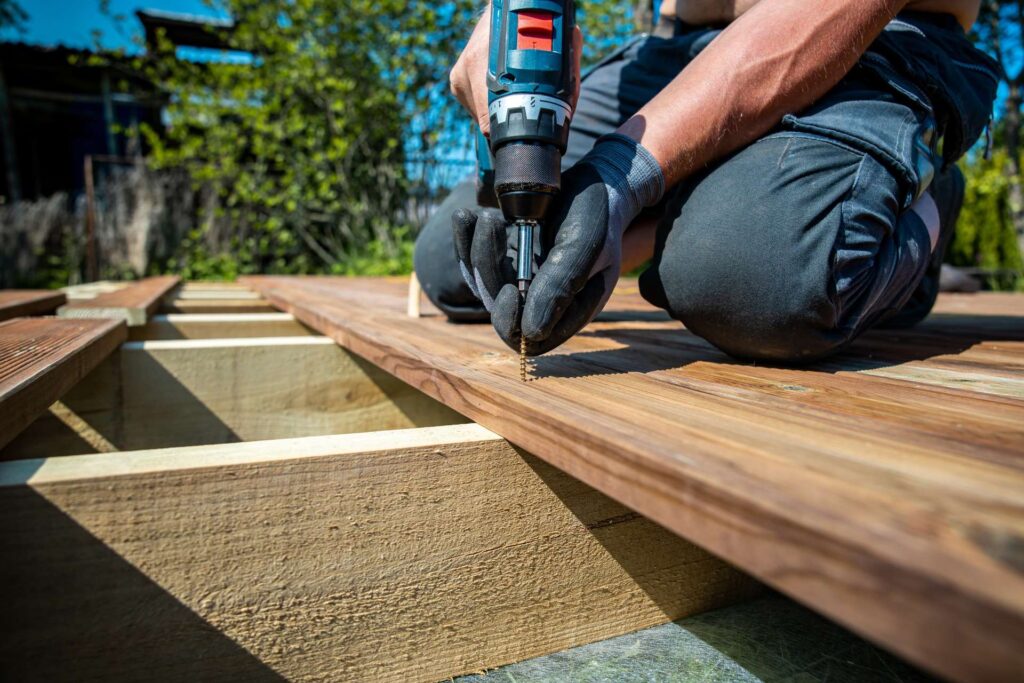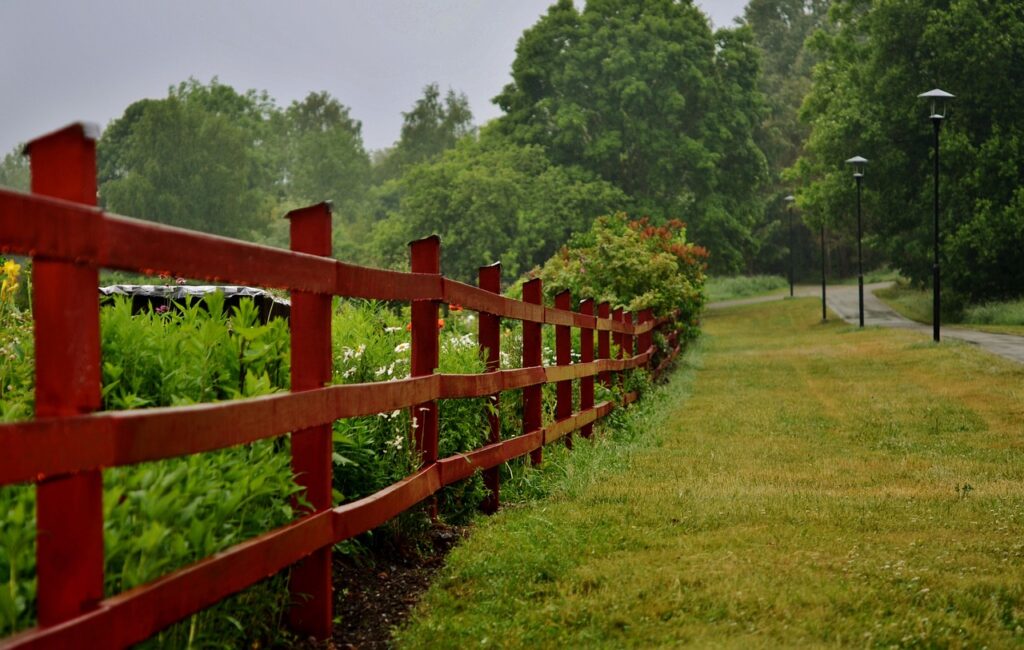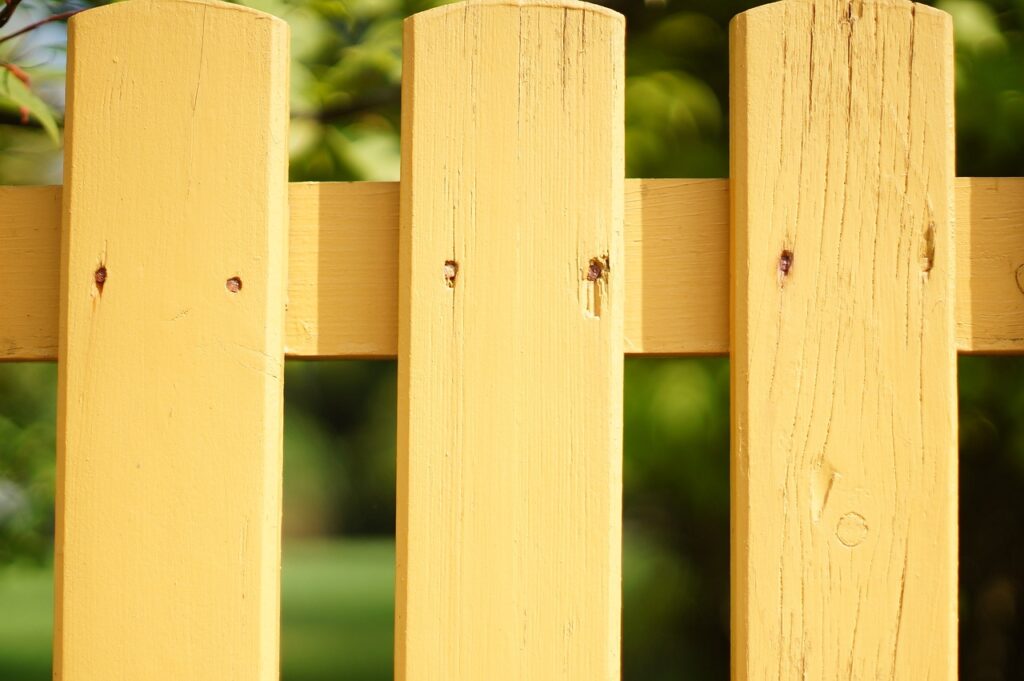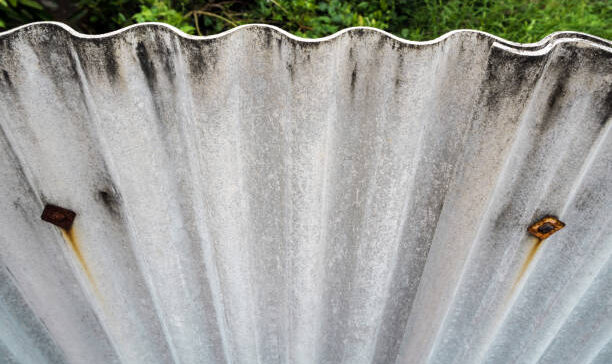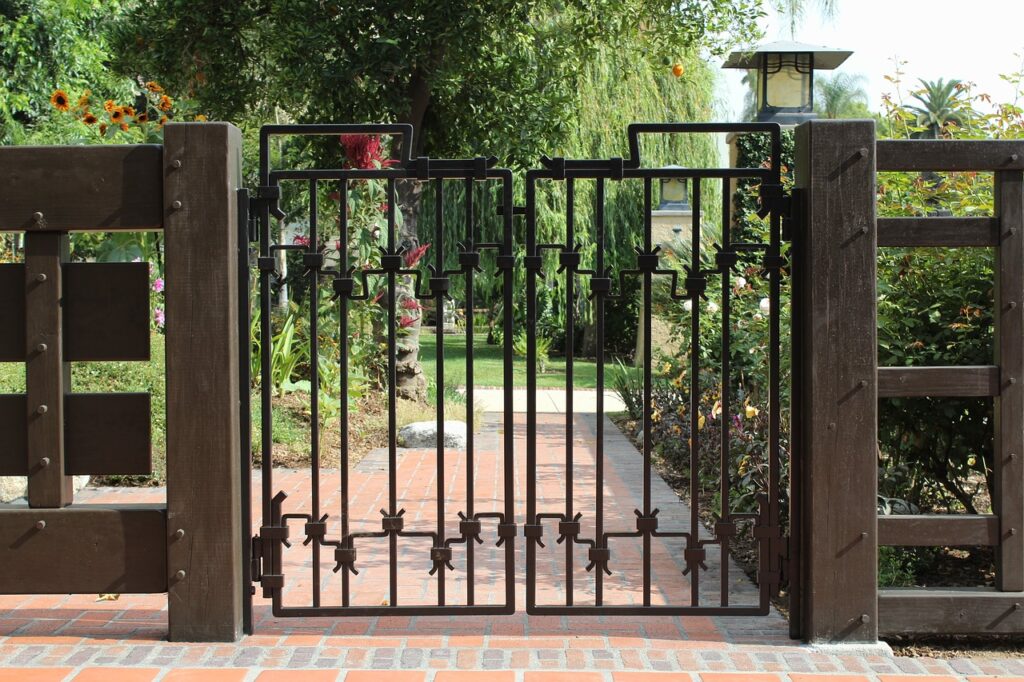Welcome to your ultimate guide on understanding the cost of pool fencing in New Zealand. Whether you’re a new pool owner or considering upgrading your existing pool area, ensuring safety and compliance is essential, and that starts with choosing the right fence. In this article, we’ll dive into everything you need to know about the factors that influence the cost of pool fencing, from materials and design to installation and long-term maintenance. By the end, you’ll have a clear picture of what to expect, helping you make an informed decision that balances safety, aesthetics, and budget.
On average, the cost of pool fencing in New Zealand ranges from NZD 150 to NZD 600 per meter, depending on the material chosen. Glass fencing tends to be the most expensive, while aluminum and PVC options are more budget-friendly. Installation costs and additional features like gates and locks can further influence the total price.
- Why Pool Fencing Is A Legal Requirement In NZ
- Factors Influencing The Cost Of Pool Fencing In NZ
- Average Cost Estimates For Pool Fencing In NZ
- Long-Term Costs And Maintenance
- Comparing DIY Vs. Professional Installation
- Tips For Reducing The Cost Of Pool Fencing In NZ
- FAQs: About Cost Of Pool Fence NZ
- Conclusion
- Find A Professional Fencing Company Near You!
Why Pool Fencing Is A Legal Requirement In NZ
Background on Pool Safety Laws
Pool safety has long been a critical concern in New Zealand, driven by the need to protect children and vulnerable individuals from the dangers associated with unsupervised swimming pools. Historically, New Zealand has seen a concerning number of accidents, particularly involving young children, around residential pools. In response, the government introduced stringent regulations to enhance safety measures and reduce these unfortunate incidents.
One of the pivotal moments in this journey towards safer swimming environments was the introduction of the Building (Pools) Amendment Act 2016. This legislation marked a significant shift in how pool safety was managed across the country. It amended the existing Building Act 2004 to strengthen the requirements for pool safety, particularly focusing on ensuring that all residential pools were properly fenced. The Act was a response to ongoing safety concerns and aimed to reduce the incidence of drowning by enforcing strict standards for pool barriers.
The Role of Pool Fences
Pool fences play an essential role in preventing accidents and safeguarding lives, especially those of young children. The primary function of a pool fence is to create a secure barrier that prevents unsupervised access to the pool area. This is particularly important for toddlers and young children who are most at risk of drowning. By physically restricting access, pool fences significantly reduce the likelihood of accidental drownings, giving caregivers and parents peace of mind.
The legal requirements for pool fencing in New Zealand are specific and strict. To comply with the law, pool fences must meet certain standards:
1. Height: The fence must be at least 1.2 meters high. This height is considered sufficient to prevent children from climbing over.
2. Gates: The gate leading to the pool area must be self-closing and self-latching. This ensures that the gate does not accidentally remain open, which could allow a child to enter the pool area unsupervised.
3. Locking Mechanisms: Gates must also be fitted with child-proof locks that are out of reach of young children. This additional layer of security helps ensure that even if a child attempts to open the gate, they will be unable to do so without adult assistance.
These regulations are not just about compliance but about genuinely enhancing safety. Pool fencing is a proven method to prevent tragic accidents, and the laws in New Zealand reflect a commitment to maintaining the highest standards of safety for everyone. By adhering to these regulations, homeowners can ensure that their pools are safe and secure, providing a safe environment for families and guests to enjoy.
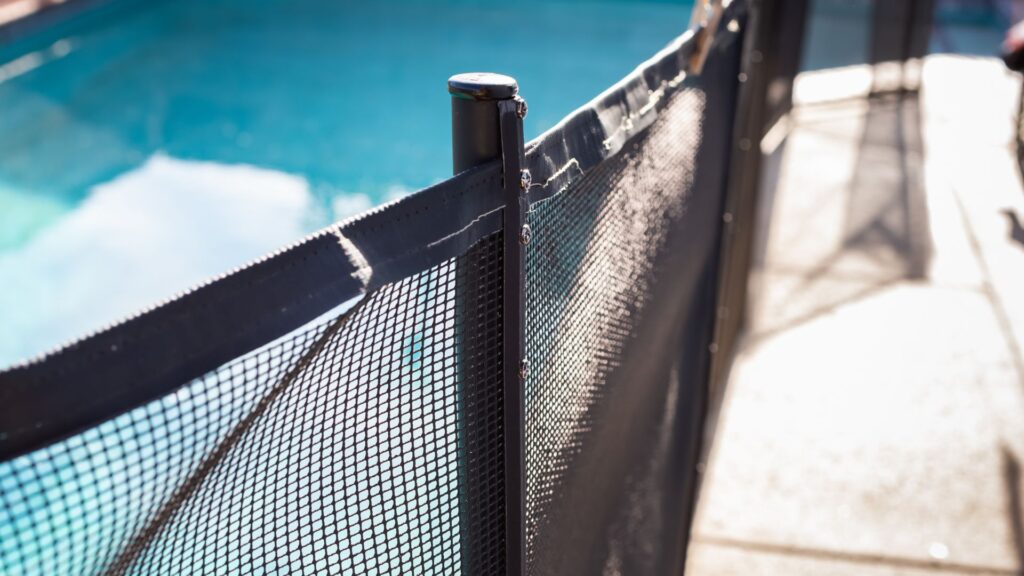
Factors Influencing The Cost Of Pool Fencing In NZ
When planning to install a pool fence in New Zealand, several factors can significantly influence the overall cost. Understanding these variables can help homeowners make informed decisions that balance safety, aesthetics, and budget.
Material Choices
One of the most critical factors affecting the cost of pool fencing is the material you choose. Different materials not only vary in price but also in durability, maintenance requirements, and visual appeal.
- Glass: Glass pool fencing is a popular choice for those seeking a modern, unobtrusive look. It’s sleek and allows for clear views of the pool area, enhancing the overall aesthetic of your outdoor space. However, it comes at a premium price, particularly if you opt for frameless glass, which is more expensive than semi-frameless options. Frameless glass offers a seamless look, while semi-frameless uses posts or frames, making it slightly less costly but still elegant.
- Aluminum: Aluminum is a durable and cost-effective option for pool fencing. It is available in a wide range of styles and colors, allowing homeowners to match their fence with the rest of their property. Aluminum fences are lightweight yet strong, resistant to rust, and require minimal maintenance, making them a popular choice for budget-conscious homeowners who still want a stylish and long-lasting fence.
- Steel: Steel pool fencing is known for its strength and security. It is often more expensive than aluminum but provides a robust barrier that can withstand the test of time. Steel fences are typically powder-coated to prevent rust and are available in various designs, from simple to ornate. While the initial cost may be higher, the longevity of steel can make it a worthwhile investment.
- Wood: For those who prefer a natural look, wood is an appealing option. It offers a warm, traditional aesthetic that can complement various landscape designs. However, wood fences require regular maintenance to prevent rot and decay, especially in New Zealand’s diverse climate. Over time, the cost of upkeep can add up, making wood a potentially more expensive option in the long run.
- PVC/Vinyl: PVC or vinyl fencing is another cost-effective and low-maintenance choice. These fences are resistant to weathering and do not require painting or sealing. They come in various designs, allowing for customization to suit different tastes. While PVC fences are generally affordable, they may not offer the same level of durability as metal options, so it’s essential to consider the lifespan when evaluating the cost.
Fence Design and Style
The design and style of the fence also play a significant role in determining the overall cost. Simple, straightforward designs tend to be more affordable, while more intricate or ornate styles can drive up the price. The choice of color, pattern, and additional decorative elements can add to the cost, so it’s important to balance aesthetic preferences with budget constraints.
Fence Height and Length
The dimensions of the fence, including its height and length, directly impact the total cost. Higher fences generally require more materials and may need additional structural support, increasing the price. Similarly, the length of the fence around the pool area will determine how much material is needed. A larger pool or one with a more complex shape will require a longer fence, which will be more expensive than fencing a smaller, straightforward area.
Installation Complexity
Installation complexity is another crucial factor that can influence the cost of pool fencing. If the terrain around the pool is uneven, sloped, or has existing structures that need to be worked around, the installation process becomes more complicated and labor-intensive. This complexity often results in higher labor costs. It’s essential to consider the layout of your pool area when budgeting for fencing, as seemingly minor details can significantly affect the final price.
Additional Features
Additional features can add both functionality and security to your pool fence but will also increase the overall cost. These features include:
- Gates: The number and type of gates can impact the price. Self-closing and self-latching gates, which are often required by law for safety reasons, are more expensive than standard gates.
- Locks: High-quality locks are essential for pool safety, especially in homes with children. The cost of locks varies depending on their complexity and security features.
- Optional Extras: Homeowners may also consider additional safety features like child-proof latches, alarms, or even integration with home security systems. While these extras increase the cost, they offer peace of mind by enhancing pool safety.
In summary, the cost of pool fencing in New Zealand is influenced by various factors, including material choice, design, fence dimensions, installation complexity, and additional features. By carefully considering these aspects, homeowners can choose a pool fence that meets their needs, aesthetic preferences, and budget, ensuring a safe and visually appealing outdoor space.
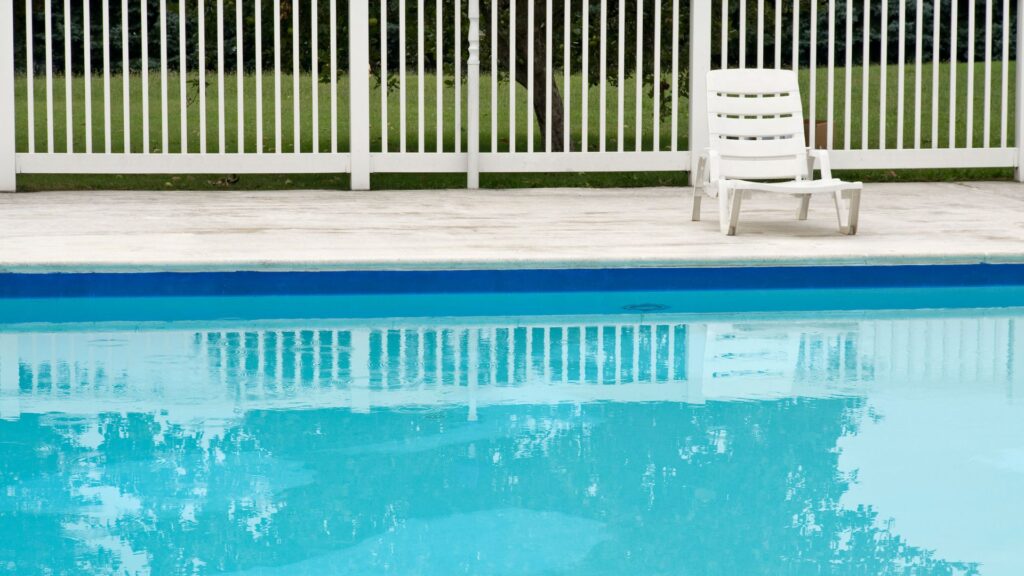
Average Cost Estimates For Pool Fencing In NZ
When considering installing pool fencing in New Zealand, understanding the average costs involved is crucial for effective budgeting. Pool fencing not only enhances safety but also adds aesthetic value to your property. However, the costs can vary significantly depending on the material chosen, installation complexity, and compliance with local regulations. This guide provides a comprehensive breakdown of these costs, ensuring you’re well-informed before making a decision.
Breaking Down Costs by Material
The choice of material for your pool fence plays a significant role in the overall cost. Here’s a look at the average price ranges per meter for some of the most popular fencing materials in New Zealand:
- Glass: Known for its modern, sleek appearance, glass pool fencing is one of the most expensive options. On average, you can expect to pay between $275 and $450 per meter. The price varies depending on whether you opt for frameless or semi-frameless glass panels.
- Aluminum: A more affordable and durable option, aluminum fencing offers a good balance between cost and longevity. The average cost for aluminum pool fencing ranges from $150 to $250 per meter.
- Steel: Steel fences are strong and provide excellent security, though they may be prone to rust if not properly treated. The average cost for steel pool fencing is between $200 and $350 per meter.
- Wood: Traditional and versatile, wood fencing offers a natural look but may require more maintenance over time. The cost typically ranges from $100 to $200 per meter, making it a budget-friendly option.
- PVC: Low maintenance and available in various styles, PVC fencing is another affordable choice. The average cost for PVC pool fencing is about $120 to $200 per meter.
Installation Costs
In addition to the cost of materials, you’ll need to factor in installation costs, which can vary based on the complexity of the project and the contractor’s rates. Generally, installation costs range between $70 and $120 per hour. For a standard-sized pool, the installation process can take anywhere from 20 to 40 hours, depending on the material and design.
Additional charges may apply for:
- Ground preparation: If the area around your pool requires leveling or other preparation work, this can add to the overall cost.
- Custom designs: Unique or custom designs may incur higher labor costs.
- Difficult terrains: Installation on uneven or sloped ground might require specialized techniques or equipment, increasing labor costs.
Permits and Compliance Costs
In New Zealand, pool fencing must comply with strict local regulations to ensure safety. Before installation, you’ll need to obtain the necessary permits, which can add to the overall cost.
- Permit fees: These can range from $200 to $500, depending on your local council’s requirements.
- Compliance inspections: Some councils may require a compliance inspection, which can cost an additional $150 to $300.
- Modifications for compliance: If your chosen fence design doesn’t meet local safety standards, you may need to make modifications, potentially increasing costs.
Real-Life Example: Estimating the Total Cost
To give you a clearer idea of the potential costs, let’s consider a hypothetical scenario:
Imagine you have a standard-sized pool requiring 30 meters of fencing. Here’s a breakdown of the estimated total costs for each material option:
Glass Fencing:
- Material: 30 meters x $350 (average) = $10,500
- Installation: 30 hours x $100 (average) = $3,000
- Permits and Compliance: $500
- Total Estimated Cost: $14,000
Aluminum Fencing:
- Material: 30 meters x $200 (average) = $6,000
- Installation: 30 hours x $100 (average) = $3,000
- Permits and Compliance: $500
- Total Estimated Cost: $9,500
Steel Fencing:
- Material: 30 meters x $275 (average) = $8,250
- Installation: 30 hours x $100 (average) = $3,000
- Permits and Compliance: $500
- Total Estimated Cost: $11,750
Wood Fencing:
- Material: 30 meters x $150 (average) = $4,500
- Installation: 30 hours x $100 (average) = $3,000
- Permits and Compliance: $500
- Total Estimated Cost: $8,000
PVC Fencing:
- Material: 30 meters x $160 (average) = $4,800
- Installation: 30 hours x $100 (average) = $3,000
- Permits and Compliance: $500
- Total Estimated Cost: $8,300
When planning for pool fencing in New Zealand, it’s essential to consider not only the material costs but also installation, permits, and compliance fees. By carefully evaluating your options and understanding the associated costs, you can choose the fencing solution that best fits your budget and aesthetic preferences while ensuring safety and compliance with local regulations.

Long-Term Costs And Maintenance
When planning any construction or renovation project, it’s crucial to consider not just the initial costs but also the long-term expenses associated with upkeep and maintenance. The longevity of materials, their maintenance requirements, and potential repair or replacement costs can significantly impact your overall budget. Here’s a detailed look at these factors to help you make an informed decision.
Durability of Different Materials
The durability of the materials you choose plays a pivotal role in determining long-term costs. Some materials are inherently more resilient, offering a longer lifespan with less frequent need for repairs or replacement. For example:
- Wood is a popular choice for its aesthetic appeal, but it requires regular maintenance to prevent issues like rot or insect damage. Over time, this can add up in terms of both time and money.
- Metal, particularly when treated for rust resistance, is extremely durable and can last for decades with minimal upkeep. However, it can be prone to dents and scratches, which may require periodic repairs.
- Composite materials, like vinyl or fiber cement, offer a blend of durability and low maintenance. These materials often resist weathering better than wood and require less frequent attention, making them cost-effective in the long run.
Choosing materials based on their durability can save you significant money over the life of your project. Investing a bit more upfront in a durable material often pays off by reducing long-term maintenance and replacement costs.
Maintenance Requirements
Different materials come with varying maintenance needs, which can affect both the effort required and the associated costs. Here’s a breakdown of common maintenance requirements:
- Wood surfaces often need regular painting, staining, and sealing to maintain their appearance and structural integrity. Without consistent care, wood can degrade quickly, leading to higher maintenance costs over time.
- Metal requires less frequent maintenance, particularly if it has been treated for corrosion resistance. Occasional cleaning and inspection are typically all that’s needed to keep metal in good condition.
- Composite materials are designed for low maintenance. They generally require just occasional cleaning with soap and water, and they don’t need painting or sealing like wood. This makes them an excellent choice for homeowners looking to minimize upkeep.
Understanding the maintenance requirements of each material will help you plan for the ongoing care your project will need. Choosing low-maintenance materials can reduce both the time and cost involved in keeping your project in top condition.
Cost of Repairs and Replacements
Over time, all materials will likely require some level of repair or replacement. The cost associated with these repairs can vary widely depending on the material:
- Wood is susceptible to issues like rot, insect damage, and warping, which can necessitate costly repairs. In some cases, entire sections may need to be replaced, particularly if the damage is extensive.
- Metal repairs tend to be less frequent, but when they do occur, they can be costly. For instance, replacing a corroded or damaged section of metal roofing can be expensive due to the specialized labor involved.
- Composite materials typically have lower repair costs since they are more resistant to common issues like rot and insects. Replacements are also less frequent, but when needed, they are usually straightforward and cost-effective.
By anticipating the potential repair and replacement costs associated with each material, you can better plan for future expenses and avoid unexpected financial surprises. Opting for materials that require less frequent repairs and are easier to replace can help manage long-term costs effectively.
In conclusion, when considering the long-term costs and maintenance of any construction or renovation project, it’s essential to evaluate the durability, maintenance needs, and potential repair costs of the materials you choose. By doing so, you can make an informed decision that balances initial investment with ongoing expenses, ensuring that your project remains cost-effective and sustainable for years to come.

Comparing DIY Vs. Professional Installation
When it comes to installing a new system or making significant home improvements, one of the most critical decisions you’ll face is whether to tackle the project yourself or hire a professional. Both DIY and professional installation methods have their pros and cons, and choosing the right path depends on your specific situation. Let’s break down each option to help you make an informed decision.
DIY Installation
Opting for a DIY installation can be incredibly appealing, especially if you’re looking to save money. However, it’s important to weigh the potential savings against the challenges you might face.
Potential Cost Savings and Challenges
DIY installation can significantly reduce costs since you won’t be paying for labor. The only expenses you’ll incur are for materials and tools, which can be a fraction of the cost compared to hiring a professional. However, while the upfront savings are tempting, the process can become expensive if mistakes are made. Fixing errors may require additional materials or, in some cases, professional intervention, which could negate any initial savings.
Required Skills, Tools, and Time Commitment
Successful DIY installation demands a certain level of skill and experience. You’ll need to be comfortable with the tools required and possess the technical know-how to complete the project correctly. Additionally, DIY projects often require a significant time commitment, which is an important factor if you have a busy schedule. If you lack the necessary skills or time, the quality of the installation could suffer, leading to potential issues down the road.
Professional Installation
Hiring a professional might seem more costly upfront, but it comes with a host of benefits that can offer peace of mind and long-term value.
Benefits of Hiring a Professional
When you hire a professional installer, you benefit from their expertise and experience. Professionals are equipped to handle unexpected challenges that might arise during the installation, ensuring the job is done right the first time. Moreover, professional installations typically come with warranties that protect your investment, providing a safety net if something goes wrong. Compliance with local codes and regulations is another critical advantage, as professionals ensure your installation meets all necessary standards.
Typical Costs for Professional Installation and Choosing a Reliable Contractor
The cost of professional installation can vary widely depending on the complexity of the project and your location. It’s crucial to get multiple quotes and check the credentials of potential contractors. Look for reviews, ask for references, and ensure the contractor is licensed and insured. While the price is an important factor, it shouldn’t be the sole determinant; quality and reliability are equally, if not more, important.
Which Option Is Right for You?
Deciding between DIY and professional installation depends on several key factors:
- Skill Level and Experience: If you’re confident in your abilities and have previous experience with similar projects, DIY might be a viable option. However, if the project is complex or if mistakes could be costly, professional installation might be the safer choice.
- Budget Considerations: While DIY is typically cheaper, it’s essential to factor in the cost of potential errors. Conversely, while professional installation is more expensive, it might offer better long-term value through warranties and compliance assurances.
- Time Availability: DIY projects can be time-consuming. If you have the time to dedicate to the project without rushing, DIY could work for you. If your time is limited, a professional can complete the job efficiently.
- Project Complexity: For simple, straightforward installations, DIY might be appropriate. However, for more complex projects that require specialized knowledge, professional installation is usually the better option.
In conclusion, the choice between DIY and professional installation should be based on an honest assessment of your skills, budget, and the complexity of the project. By carefully considering these factors, you can make a decision that aligns with your needs and ensures a successful outcome.
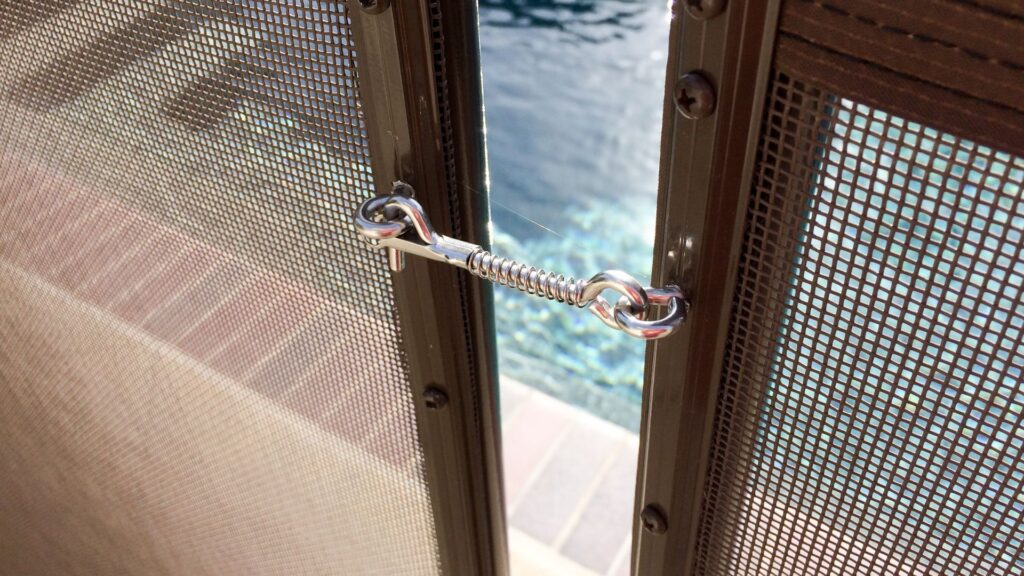
Tips For Reducing The Cost Of Pool Fencing In NZ
When it comes to installing pool fencing in New Zealand, there are several strategies that can help you save money without compromising on quality or safety. Here are some practical tips to reduce the cost of pool fencing:
1. Shop Around for Quotes
One of the most effective ways to save money on pool fencing is to obtain multiple quotes from different suppliers and installers. Each company may offer different pricing based on their material costs, labor charges, and overheads. By comparing several quotes, you can identify the most competitive pricing and potentially negotiate a better deal. Don’t just settle for the first quote you receive; take your time to explore various options. This approach not only helps you find the best price but also ensures that you’re getting the best value for your investment.
2. Opt for Cost-Effective Materials
The choice of materials for your pool fence can significantly impact the overall cost. While high-end materials like glass can be appealing, they are often more expensive. Instead, consider materials that offer a good balance of cost, durability, and aesthetics. For example, aluminum or treated timber can provide a sturdy and attractive barrier at a lower cost compared to glass or wrought iron. Think about the long-term maintenance costs as well, as some materials may require less upkeep over time, further saving you money.
3. Consider Off-Season Installation
Timing can also play a crucial role in reducing your pool fencing costs. Most people tend to install pool fences during the warmer months when pool usage is at its peak. However, by scheduling your installation during the off-season, such as autumn or winter, you may be able to secure better rates. During these periods, demand for fencing services is typically lower, and companies might offer discounts or more flexible pricing to attract business. Planning ahead and being flexible with your installation date can lead to significant savings.
4. Take Advantage of Discounts and Promotions
Finally, always be on the lookout for sales, discounts, or promotions offered by fencing companies. Many businesses offer seasonal discounts, clearance sales, or package deals that can substantially lower your costs. Subscribe to newsletters, follow companies on social media, and keep an eye on local advertisements to catch these opportunities. Additionally, don’t hesitate to ask if a company can offer a discount, especially if you’re ordering a large amount of fencing or combining services like installation and maintenance.
By following these tips, you can effectively reduce the cost of installing pool fencing in New Zealand while still ensuring that your pool area is safe, compliant, and visually appealing.
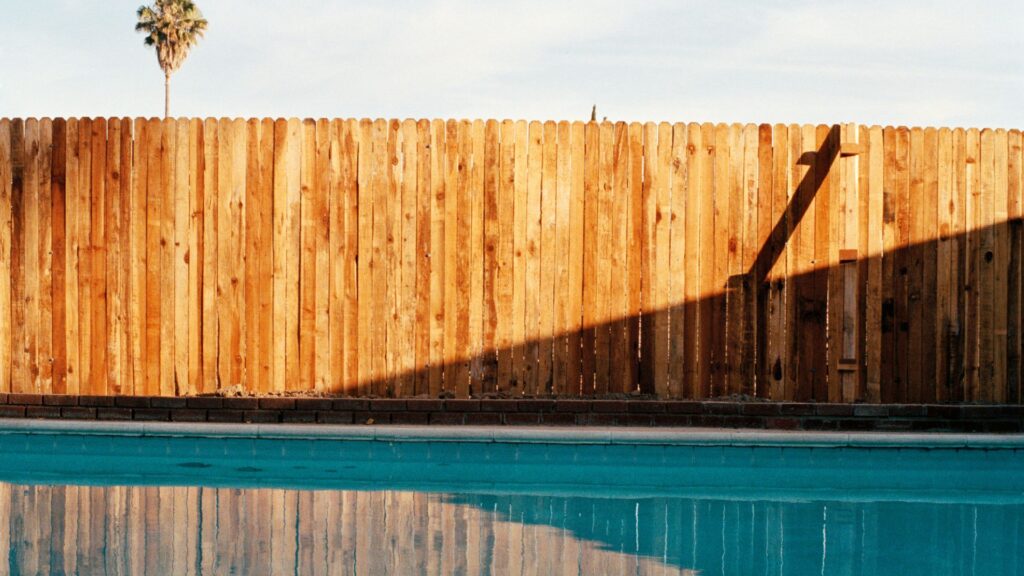
FAQs: About Cost Of Pool Fence NZ
Conclusion
In conclusion, understanding the key factors that influence the cost of pool fencing in New Zealand is crucial for making informed decisions. We’ve covered the importance of materials, installation methods, compliance with NZ safety laws, and how these elements affect overall expenses. Now is the time to take action—whether you’re ready to gather quotes, consult with professionals, or embark on a DIY project to secure your pool area. We invite you to share your experiences or questions in the comments below and don’t forget to subscribe to our newsletter for ongoing tips and a free guide to pool safety. For further information, check out our additional resources on pool maintenance, NZ pool safety regulations, and choosing the perfect pool for your home.
Find A Professional Fencing Company Near You!
- Farm Fencing Waikato
- Fence Builders Alexandra, Clyde & Cromwell
- Fence Builders Auckland
- Fence Builders Central Otago
- Fence Builders Christchurch
- Fence Builders Hamilton Waikato
- Fence Builders Invercargill
- Fence Builders Kapiti
- Fence Builders Lower Hutt
- Fence Builders Manawatu
- Fence Builders Palmerston North
- Fence Builders Queenstown
- Fence Builders Taupo
- Fence Builders Upper Hutt
- Fence Builders Wanaka
- Fence Builders Wellington
- Fencing Contractors Levin
- Fencing Contractors Napier
- Fencing Hastings
- Fencing Hawkes Bay
- Fencing Kerikeri
- Fencing Mangawhai
- Fencing Nelson
- Fencing New Plymouth
- Fencing Paihia
- Fencing Taranaki, New Plymouth
- Fencing Warkworth
About the Author:
Mike Veail is a recognized digital marketing expert with over 6 years of experience in helping tradespeople and small businesses thrive online. A former quantity surveyor, Mike combines deep industry knowledge with hands-on expertise in SEO and Google Ads. His marketing strategies are tailored to the specific needs of the trades sector, helping businesses increase visibility and generate more leads through proven, ethical methods.
Mike has successfully partnered with numerous companies, establishing a track record of delivering measurable results. His work has been featured across various platforms that showcase his expertise in lead generation and online marketing for the trades sector.
Learn more about Mike's experience and services at https://theleadguy.online or follow him on social media:




